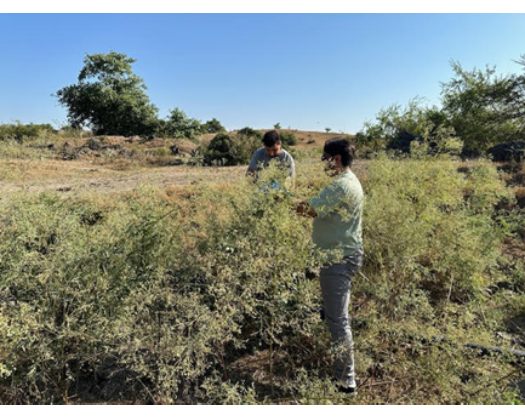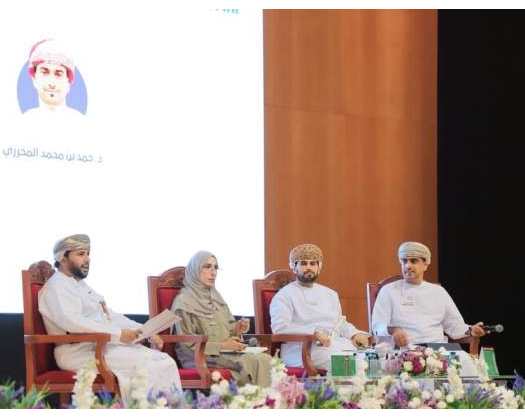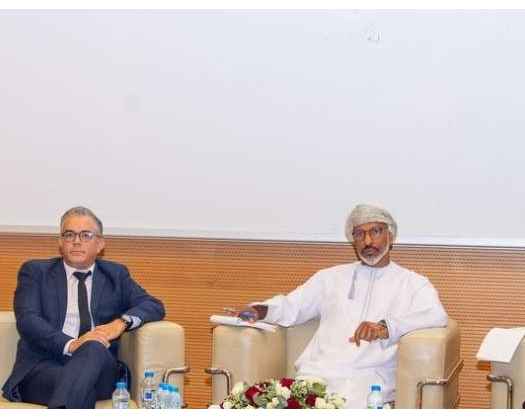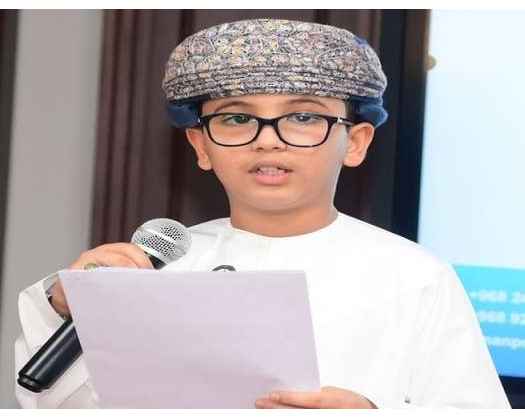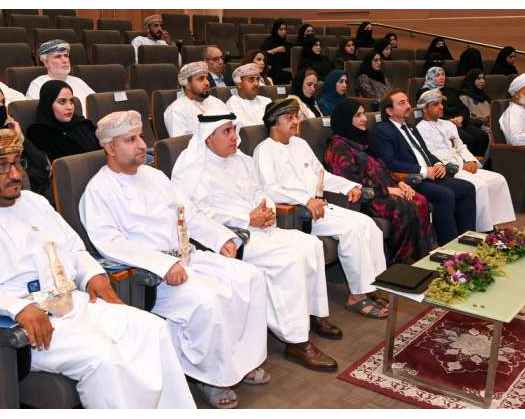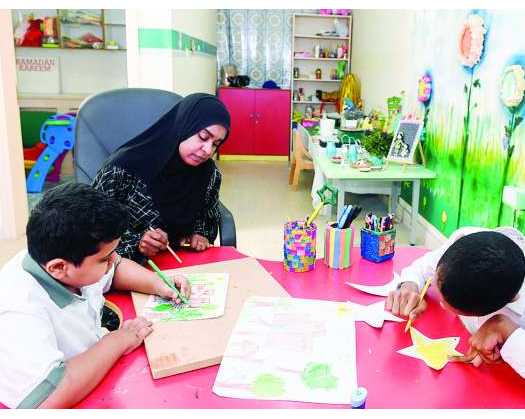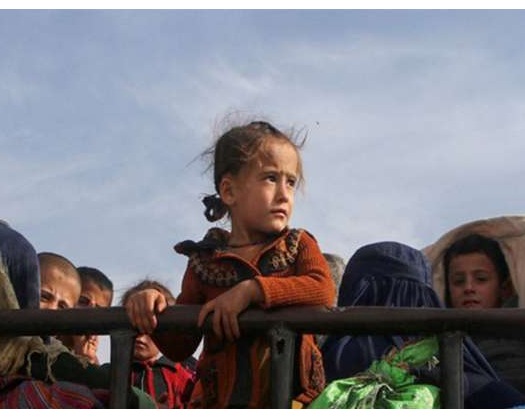As the Khareef season unfolds, the Governorates of Dhofar have been transformed into a verdant oasis, extending from Mirbat and Salalah to Dhalkut and Rakhyut. This seasonal transformation, marked by the lush greening of the landscape, has been a defining feature of the region for centuries. Native flora thrives, and trees flourish, covering everything from plains to mountain peaks and plateaus. However, recent human activities have begun to disturb this delicate ecological balance.
A significant threat to the natural equilibrium of Dhofar is the introduction of invasive plant species. In 1998, the first sighting of Parthenium in the region was recorded. Over the ensuing two decades, this invasive species has spread extensively across various Dhofar areas, presenting a considerable threat to the local flora. This rapid expansion of Parthenium has necessitated a unified response from various governmental and institutional bodies in Oman.
In 2021, the Environment Authority, Dhofar Municipality, along with other entities, including the Academy, established a scientific team dedicated to addressing the Parthenium invasion. Comprised of experts from the University of Nizwa's Natural and Medical Sciences Research Center, this team's objective is to manage and control the Parthenium invasion through an in-depth study of its genetic, natural, and phytochemical attributes.
The research team from the University of Nizwa collected plant and seed samples from the Wilayats of Mirbat, Salalah, Rakhyut, and Dhalkoot during September and October 2023. They conducted a study on the germination physiology of 16 samples and prepared a preliminary report. The team isolated and analyzed chemicals and growth-inhibiting compounds from Parthenium, and began investigating local herbal extracts that might inhibit its growth.
The subsequent phase of the study involves physical, biochemical, and molecular analyses of the plants. The researchers plan to perform transcriptomic analysis of proteins, chemical characterization, modeling, and computational analysis. The culmination of this extensive research will be a final report and scientific publications, which will be shared with the scientific team and Dhofar Municipality, the primary funder of this study.
Dr. Ali Al Lawati, the Project Manager at the University of Nizwa, highlighted the importance of this project, stating, “These studies will deepen our understanding of the impact of this invasive species on the environment and biodiversity of the Governorate of Dhofar. Furthermore, it will aid in the development of sustainable management practices that support the Municipality of Dhofar and the Environment Authority in controlling this invasive species. The management practices derived from these studies by the University of Nizwa exemplify the application of scientific outputs to tangible outcomes that benefit the environment and the community.”
The ongoing endeavors by the University of Nizwa to combat the spread of Parthenium underscore a broader commitment to safeguarding the unique ecosystem of Dhofar. By addressing the challenges posed by invasive species, the university aims to preserve the natural balance that has characterized the region for centuries.

